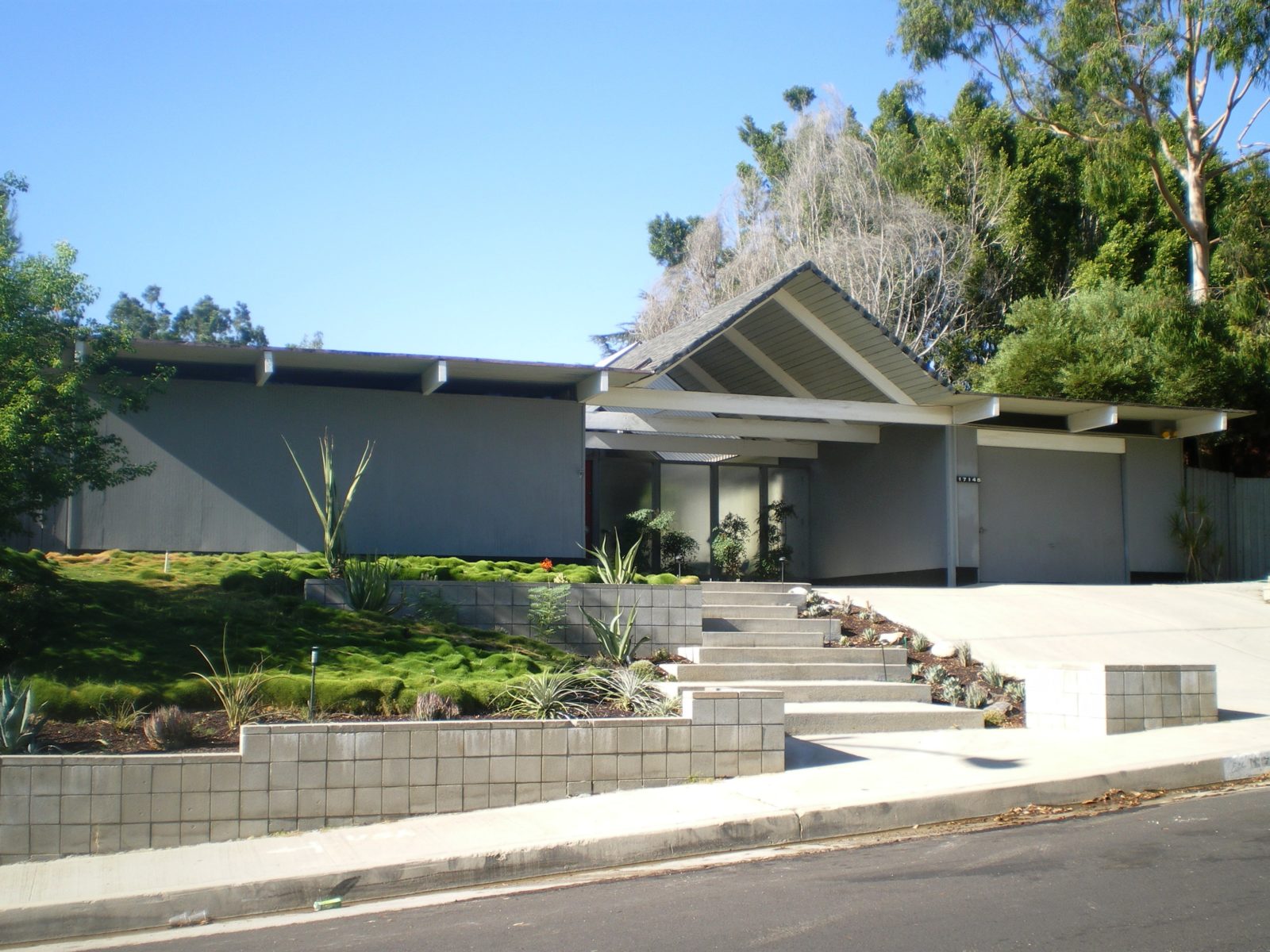
Eichler Homes: A New Way of Living for the Future
Each day offered new living experiences that were a revelation to me. – Joseph Eichler
At a time when modern architecture was exclusive to the white and wealthy, Joseph Eichler, and his company Eichler Homes, built nearly 11,000 mid-century modern homes for the middle class. They challenged what homes should look like and how families could live. He was the only merchant builder in the United States that partnered with skilled architects, used quality materials and built homes for everybody, regardless of race or religion. For many families, his homes were more than just homes, they represented a new way of living that has not been equaled since.
In the early 1940s, it was still uncommon to find merchant builders that worked with architects to construct housing developments. However, Joseph Eichler was inspired by modernist architects such as Richard Neutra and Frank Lloyd Wright, and wanted to bring quality but affordable modern architecture to post-WWII American families. He would achieve this by aligning himself with progressive, empathetic architects such as Anshen & Allen, Jones & Emmons and later Claude Oakland. Together their designs emphasized social change, progressive planning and beauty. This style later came to be known as “California Modern”.
At first, the Eichler homes were seen as unconventional, with their low or flat sloped roofs, horizontal forms, and few if any windows on the front facade. However, the interiors were filled with light through floor to ceiling windows around private courtyards and skylights. The interiors were fitted with local materials, such as redwood, and built-in furniture. In additional, they emphasized open planning which allowed for subtle lines across public and private areas. Later models introduced the Eichler atrium, an entrance foyer that straddle the line between indoors and outdoors. His whole ethos was based on bringing the outdoors inside and creating spaces for both socializing and privacy. Furthermore, he believed that all families should experience the joys of living in a modern home.

His mission was to bring a holistic approach to home and community building. Born in New York to European Jews, he was raised in a politically liberal family within a culturally diverse community. He insisted that his homes be open to all buyers, regardless of religion or race during an era of open racial discrimination. When the National Association of Home Builders refused to adopt a non-discrimination policy, he famously resigned. When homeowners in Marin opposed African-Americans moving into the neighborhood, he created a policy of buying back the houses if the new families did not feel welcome. Thankfully, no one took him up on this offer.
Throughout the 1950s and 60s, Eichler Homes received countless design awards, both national and international, although at the time, they never achieved large profits. Still, he left behind a legacy in residential homes. Today, his homes are highly desirable, both amongst architecture buffs and everyday families. A current listing priced an Eichler home at $1.8 million.
Buildings should be built to last, and the unique and iconic design of the Eichler homes are still in high demand today. His homes obviously have much to teach us. In an era of material excess and increasingly vocal discrimination, we need community developments that address low income housing, neglected urban spaces and isolated suburbs. The spaces where we live, work and visit have a huge impact on our lives, health and mood. Therefore, Eichler Homes serve to remind us of what we value and want to bring to the next generation – affordable, inclusive and beautiful modern homes.





